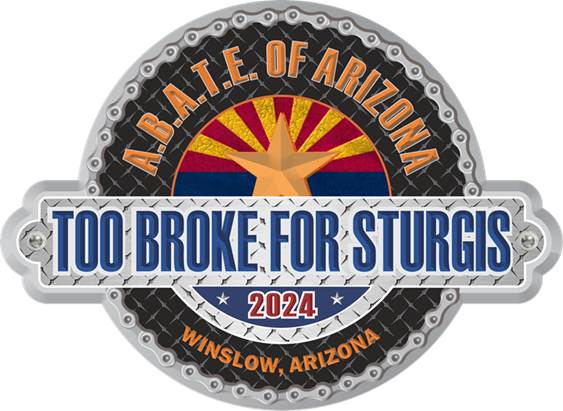




The Motorcycle Riders Foundation (MRF) has long partnered with the Federation of European Motorcyclists’ Associations (FEMA) in the European Union. This week FEMA alerted the MRF to potential changes regarding end-of-life vehicle directives that could have a dramatic impact on European motorcyclists.
MRF President Kirk “Hardtail” Willard stated, “Policy ideas that first appear in Europe have a history of popping up in the United States. The ability to own, collect, work on, and refurbish older motorcycles is a fundamental part of who we are as motorcyclists. We stand side by side with FEMA in their battle to protect motorcycle owners from changes to the end-of-life vehicle rules in Europe.”
Wim Taal, FEMA’s communications officer said, “Inclusion of motorcycles in the scope of the directive could also mean a serious threat to historical motorcycles. These bikes are especially dependent upon available and affordable original spare parts to keep them in working order. And who wants to see old-timers disappear into state approved demolishing facilities?”
Below is the full statement from FEMA and their response to the European Union on potential changes to European law.
Europe has rules in place for the collection and destruction of cars that have come to the end of their life. Motorcycles are exempt from these rules. That may change, if it’s up to the European Commission.
These rules are part of the End-of-life Vehicles Directive, aimed at the prevention of waste from vehicles that have come to the end of their life. The directive also tells Member States to set up systems for the collection and de-registration of all end-of life vehicles. The directive also pushes producers to manufacture new vehicles without hazardous substances (in particular lead, mercury, cadmium and hexavalent chromium), thus promoting the reuse, recyclability and recovery of waste vehicles. The directive tells Member States to have all vehicles that have reached the end of their life ‘transferred to authorized treatment facilities’ to be demolished in an environmentally friendly way.
If motorcycles were to be included in the scope of the directive, that could mean the end of so-called home recycling. Recycling of motorcycles and motorcycle parts is an inherent part of motorcycle use. Home recycling, where you end the bike’s registration and take it apart for reuse of its parts, is a significant part of the motorcycle culture. Home recycling helps to keep bikes on the road with used spare parts, instead of using new parts that have to be produced from raw materials. As we did in the 1990s, FEMA still believes that the private reuse of motorcycle parts is one of the best ways to prevent waste and to prevent the unnecessary use of raw materials. This way, motorcyclists play their part in the circular economy as well as being environmentally friendly.
Luckily motorcycles and other powered two-wheelers are not included in the scope of the current directive, a position that was lobbied for by FEMA when the directive was written and adopted in the late 1990s.
The European Commission now plans to revise the End-of-life Vehicles Directive and asked for feedback (there will be a public consultation in the second quarter of 2021 and the Commission’s adoption of a revised directive is planned for the second quarter of 2022). As part of the revision of the directive, the European Commission wants to explore the need to have powered two-wheelers include in the scope.